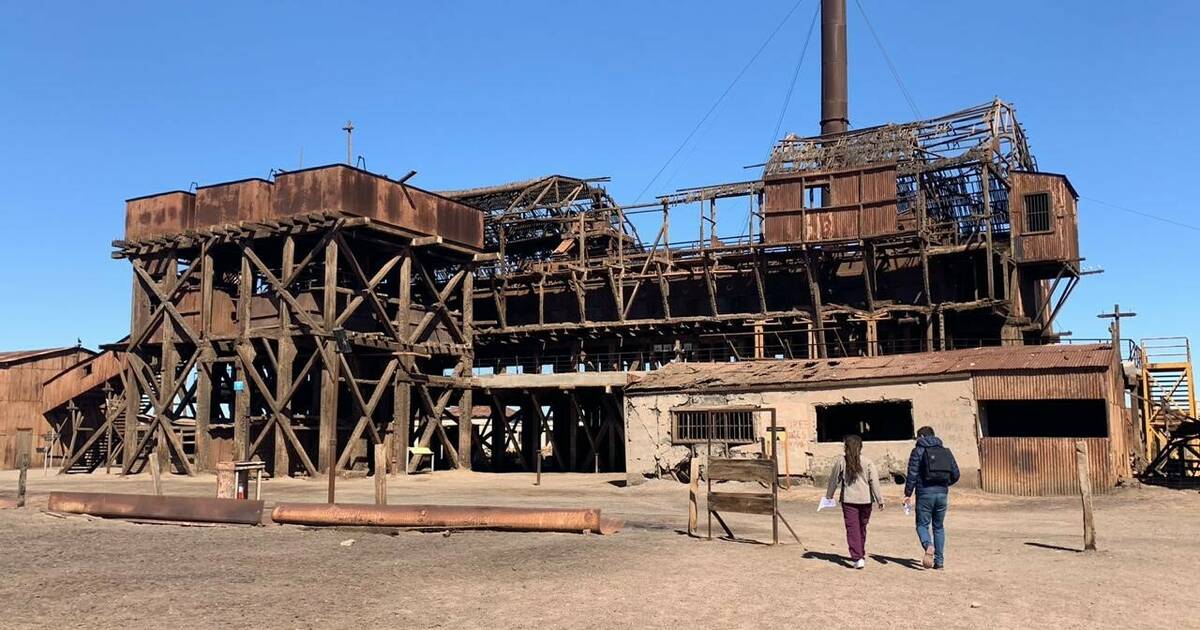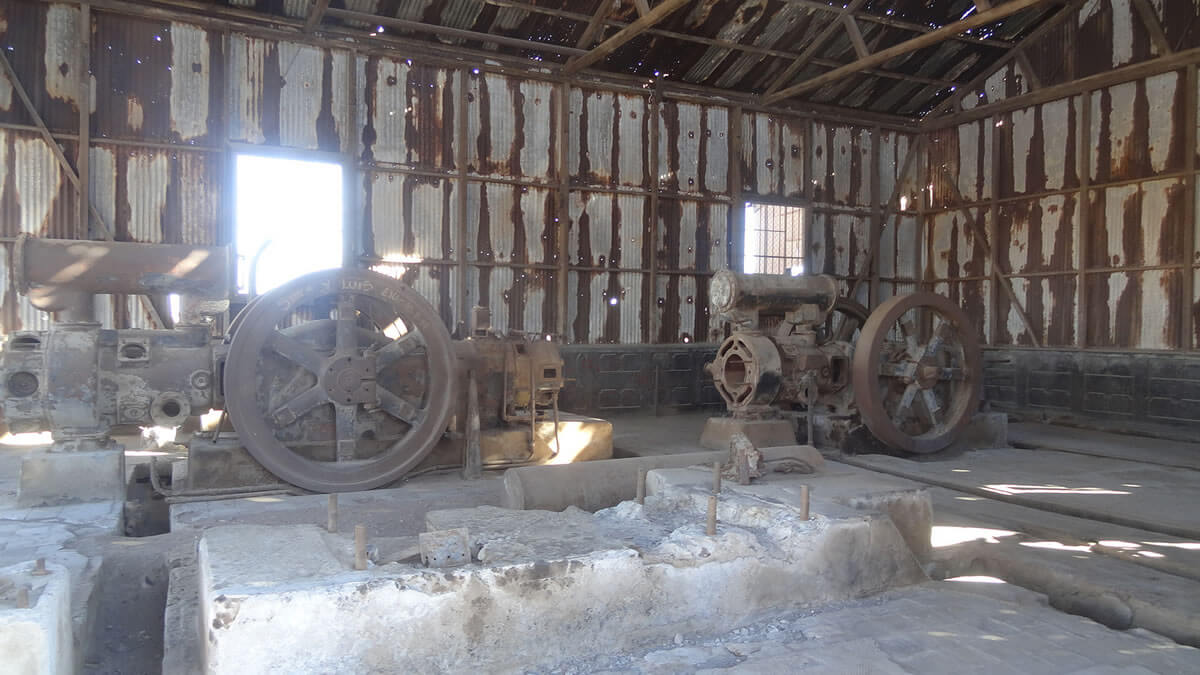Nestled in the arid Atacama Desert of northern Chile, Humberstone and Santa Laura Saltpeter Works are two ghost towns that whisper the tales of Chile’s industrial past. These abandoned sites stand as UNESCO World Heritage sites, offering a remarkable glimpse into the bygone era of nitrate mining and the lives of the people who toiled in this unforgiving landscape. In this article, we explore the captivating history of these once-thriving industrial hubs.
The story of Humberstone and Santa Laura begins in the late 19th century when Chile experienced a nitrate mining boom. Nitrate, a key ingredient in fertilizer and explosives, was in high demand worldwide. These ghost towns are a testament to this era, founded in the late 19th century as saltpeter extraction and processing centers. Saltpeter, or sodium nitrate, was mined from the vast nitrate deposits found in the Atacama Desert. This industry brought prosperity and life to the region, attracting a diverse workforce. At their peak, Humberstone and Santa Laura were vibrant communities, complete with theaters, schools, and a sense of bustling activity.
Humberstone, established in 1872, was named after James Humberstone, who played a crucial role in the development of the nitrate industry. Its counterpart, Santa Laura, came into existence a few years later, in 1907. These towns rapidly expanded and became fully self-sustaining, showcasing European architecture and urban planning influenced by the Industrial Revolution. The workers, many of whom were migrants from Chile and other countries, worked under harsh conditions in the nitrate fields and processing plants. However, despite the challenging labor, they created a sense of community in this desolate place, complete with social clubs and cultural events.
The heyday of nitrate mining didn’t last forever. The invention of synthetic nitrate, the development of other fertilizers, and geopolitical changes led to the decline of the nitrate industry in the early 20th century. As the demand for natural nitrate waned, Humberstone and Santa Laura slowly withered away. By the mid-20th century, these towns had become relics of the past, abandoned by the once-thriving communities that called them home. The ghost towns remained virtually untouched, preserving a snapshot of the past, as if frozen in time.
In 2005, Humberstone and Santa Laura Saltpeter Works were designated as UNESCO World Heritage sites. This recognition marked their historical and cultural significance and ensured their preservation for future generations. Today, visitors can explore the well-preserved remnants of these once-vibrant towns, including the industrial infrastructure, workers’ housing, and communal facilities. Humberstone and Santa Laura Saltpeter Works stand as a poignant reminder of the cyclical nature of industry and life in the Atacama Desert. These ghost towns evoke a sense of nostalgia for a time when nitrate mining dominated the Chilean economy and brought people from various walks of life together in this remote corner of the world.
Now, these UNESCO-protected sites are a testament to the resilience of the people who lived and worked in these inhospitable conditions. As visitors wander through the abandoned buildings and deserted streets, they can’t help but feel a connection to the industrious souls who once thrived in these now-deserted Chilean ghost towns.
![]()


